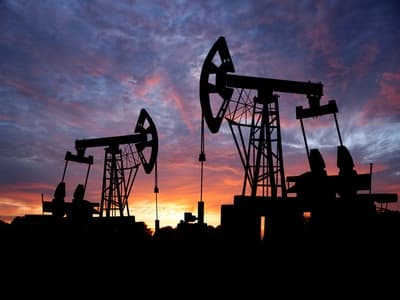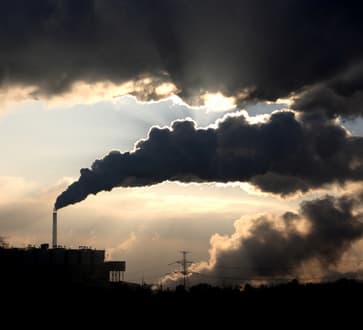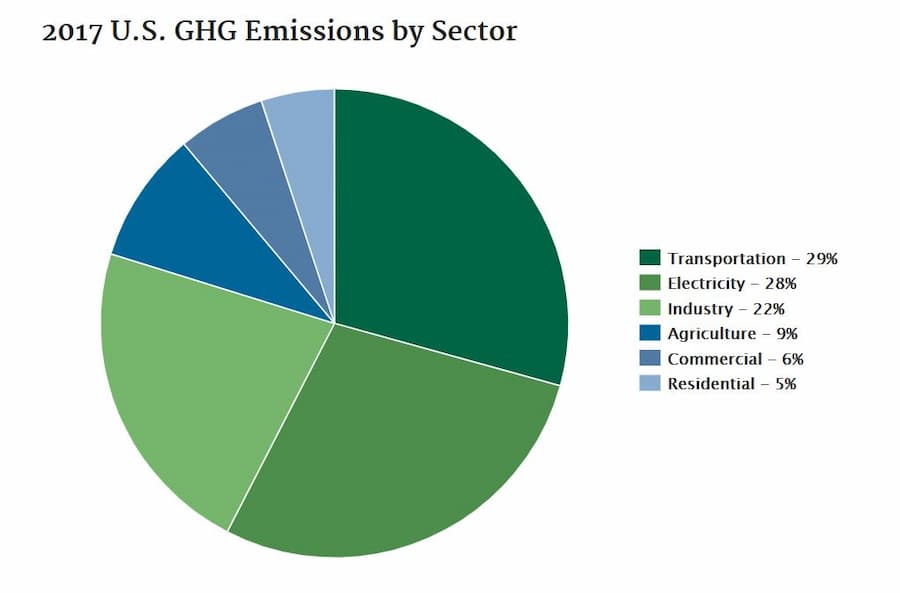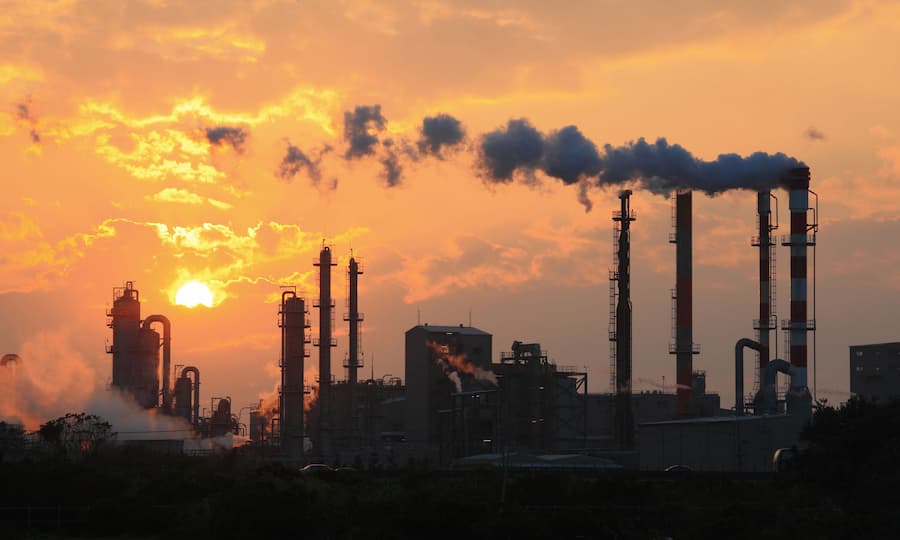What are the Main Causes of Climate Change?
The majority of climate scientists agree on the main causes of climate change. Central to their consensus is the role of human activities, particularly the burning of fossil fuels such as coal, oil, and natural gas. These activities release significant amounts of greenhouse gases, including carbon dioxide (CO2), methane (CH4), and nitrous oxide (N2O), into the atmosphere. These gases trap heat from the sun, creating a "greenhouse effect" that leads to global warming and alters the Earth's climate patterns. Deforestation and land use changes also contribute by reducing the planet's capacity to absorb CO2 through photosynthesis.
In addition to these primary causes, industrial processes and agricultural practices have intensified the release of greenhouse gases. Factories and power plants emit large quantities of CO2 and other pollutants, while agricultural activities produce methane through livestock digestion and rice paddies. The use of nitrogen-based fertilizers adds to the problem by increasing nitrous oxide levels. These combined sources of emissions create a feedback loop that exacerbates the warming effect, leading to more severe and unpredictable weather patterns.
The evidence supporting human-induced climate change is extensive and comes from multiple scientific disciplines, including climatology, oceanography, and atmospheric science. Data from ice cores, tree rings, and sediment layers provide historical climate records that show a clear correlation between increased greenhouse gas concentrations and rising global temperatures. Modern instruments, such as satellite sensors and ground-based monitoring stations, continually track changes in the Earth's atmosphere, providing real-time data that further corroborates these findings.
Despite the overwhelming scientific consensus, addressing the causes of climate change remains a complex challenge. Efforts to reduce greenhouse gas emissions require significant changes in energy production, transportation, and industry. Renewable energy sources like solar, wind, and hydroelectric power offer promising alternatives to fossil fuels, but their adoption must be accelerated globally. Additionally, international cooperation and policy frameworks, such as the Paris Agreement, are essential to coordinate and amplify efforts to mitigate climate change. Public awareness and engagement are also crucial, as individual and community actions can collectively make a substantial impact.
A Warming Atmosphere
Climate change is caused by an increase in greenhouse gases which include:
- water vapour
- carbon dioxide
- methane
- nitrous oxide
- and chlorofluorocarbons.
These gases are responsible for the greenhouse effect, which is responsible for warming the troposphere, the lowest layer of the atmosphere.

Carbon Dioxide: the Fundamental Cause
Carbon dioxide takes up a small percentage of these gases.
Even though they do not make up a large part of the atmosphere (only 0.041% ), they are critical nevertheless.
Levels of carbon dioxide are now higher than at any point in at least the past 800,000 years (Source).
This gas is naturally emitted through cellular respiration and volcanoes.
By these natural processes alone, carbon dioxide will increase/decrease very slowly over time or remain constant.
Animal and marine life that have decomposed over millions of years turn into fossil fuels, which include coal, petroleum (oil) and natural gas.
Humanity is releasing about 90 million tons of carbon dioxide into the atmosphere each day as if it were an open sewer.


Humanity's Contribution to the Problem
However, mankind has drastically increased the concentration of carbon dioxide from 280 parts per million to 413 ppm in the last 200 years (as of March 2020, it was recorded at 413 ppm) (Source).
This rapid change of carbon dioxide will have several effects on humankind and precious ecosystems.
Humanity has burned these fossil fuels to harness its energy to do work. The carbons released from the combustion of these fossil fuels combine with oxygen in the air to then create carbon dioxide.
These are the numbers for greenhouse gas emissions in the United States by sector for 2017 (Source):
- Transportation - 29%
- Electricity - 28%
- Industry - 22%
- Agriculture - 9%
- Commercial - 6%
- Residential - 5%

Specific Causes to Global Warming
Carbon dioxide is mainly emitted because of
- agriculture
- deforestation
- the meat industry
- transportation
- construction
- heating for residential and commercial buildings (in some cases)
- incineration of wastes
- industries
- manufacturing
- mining
- and power plants using fossil fuels
The tar sands in Alberta, Canada's worst environmental disaster, contributes an incredible amount of greenhouse gases every day.
Moreover, environmental catastrophes such as the Gulf of Mexico oil spill and deforestation of the Amazon rainforest also contribute to global warming.
By reducing our carbon footprint, we can help solve the climate crisis. A carbon footprint is how much carbon dioxide we emit directly or indirectly in our daily lives.


What now?
At this point in time, there is a substantial amount of evidence regarding the causes of climate change.
Fortunately, there are many ways you can help stop climate change.
By spreading the word and taking these initiatives to reduce your carbon footprint, you can help make the world a better place.
ChatGPT was used to help create this article
Further Reading and Sources
- Home
- Causes
Join the Community and Newsletter (4500 Subscribers)
You can subscribe to my Substack Page or see the archives of previous posts. More great content coming soon!
Recent Articles
-
Quotes on Climate Change
Nov 24, 25 07:29 PM
Here is a list of quotes on climate change divided into different categories, many of which include people you have previously heard of. -
Climate Change Guide
May 09, 25 08:36 PM
The Climate Change Guide is your guide to a more sustainable future, and will provide you with all relevant information on mankind's greatest challenge. -
Laurent Cousineau
May 09, 25 08:23 PM
Here is information about the founder of the website Climate Change Guide, Laurent Cousineau. He created it in August 2011. -
Climate Change Quotes by Scientists Around the World
Aug 24, 24 02:01 PM
Explore impactful climate change quotes by scientists. Discover the wisdom and insights of experts advocating for a sustainable future.




